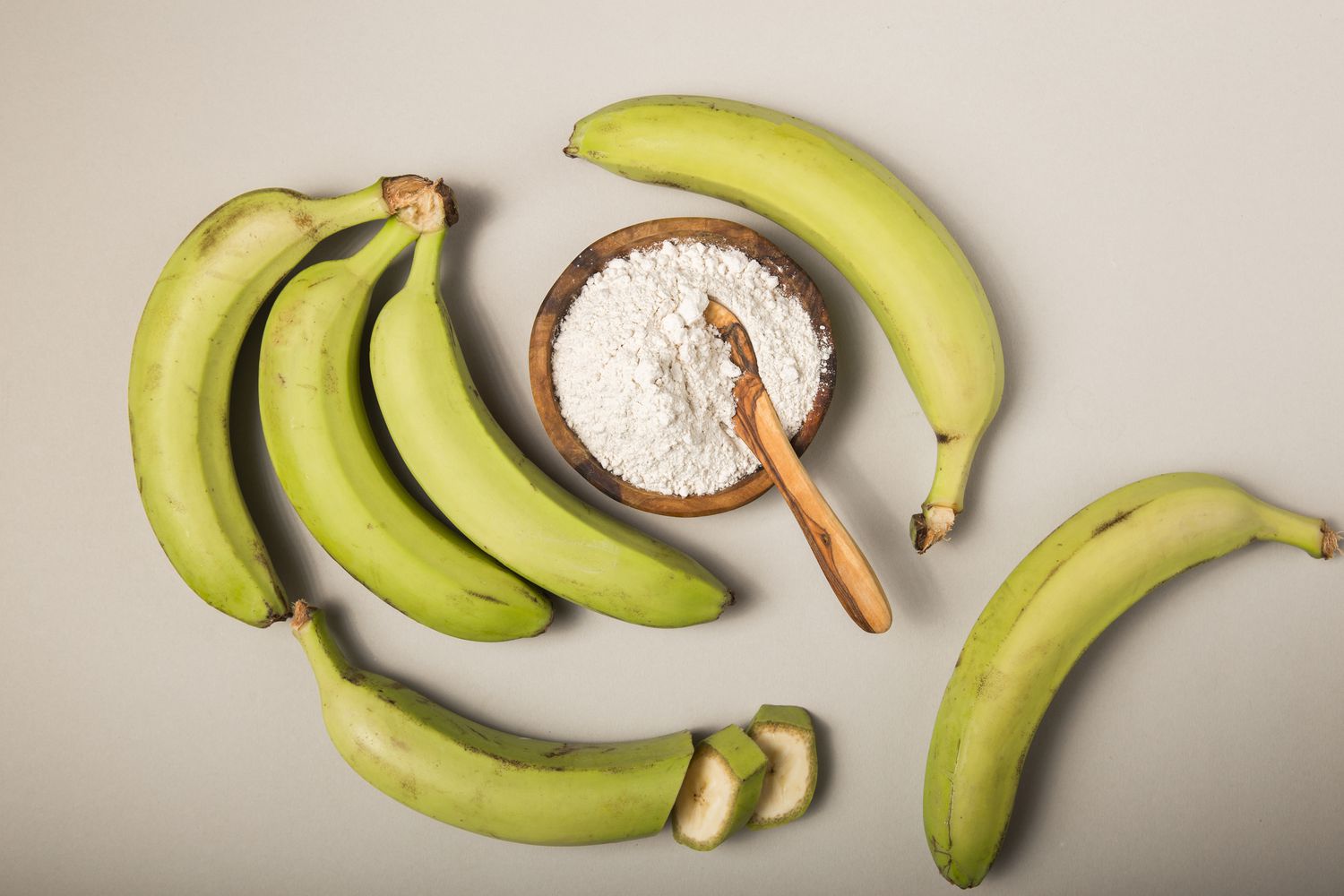Is Your Fiber Intake Sufficient? Your Gut Microbiome Could Be the Key

Fiber is essential to our diets and offers a variety of health benefits, such as lowering the risk of type 2 diabetes and cardiovascular disease. Yet, only 5% of people meet the current Institute of Medicine’s recommended daily intake of 19 to 30 grams per day (depending on age and sex).
“In fact, most people in the U.S. have, on average, 18 to 20 grams of fiber maximum,” Bharathi Ramesh, MS, a nutritionist and clinical research coordinator at Icahn School of Medicine at Mount Sinai, told Health.
However, recent research out of Cornell University found that the figures may not matter so much after all—the benefits of fiber may come not just from how much you consume but how your body uses the type of fiber you eat.
The findings, published in the journal Gut Microbes, revealed that people responded differently to a high-fiber diet based on their unique gut microbiome. “Not everyone gains the same amount of benefit after consuming it,” study author Sri Lakshmi Sravani Devarakonda, PhD, RDN, a registered dietitian nutritionist and assistant professor at Hunter College, told Health.
The study makes the case that taking a more tailored approach to fiber intake could be an effective strategy for ensuring people consume enough fiber, the researchers wrote.
The study specifically focused on resistant starch, a type of dietary fiber that does not break down in the stomach and small intestine. Instead, it travels to the large intestine, where gut microbes ferment it to create short-chain fatty acids (SCFAs), which can promote weight loss and have anti-inflammatory and cardiovascular benefits. Examples of foods high in resistant starch include green bananas and potatoes.
Over seven weeks, researchers instructed the 59 participants to eat a daily serving of crackers containing two types of resistant starch (RS2 and RS4) and a digestible starch for ten days, with a five-day “washout” period between each course. Researchers collected fecal and saliva samples before and after the study to perform gene sequencing, look at gut microbe populations, and measure SCFA production.
Researchers found that participants’ initial gut microbiome composition and diversity predicted whether or not they benefited from consuming resistant starch. Because everyone’s gut microbiome differs, some people experienced positive changes from resistant starch supplementation, such as enhanced gut microbial diversity and increased SCFA production. For others, the response was minimal.
However, when the study participants consumed digestible starch after the resistant starch, they saw increased levels of short-chain fatty acids—a finding that Devarakonda noted surprised the researchers.
“Gut health research is actually very complex. We haven’t even scratched the surface,” Ramesh said. “So I think studies like this are very important. They’re breaking down things bit by bit and piecing all this evidence together to get a…clearer picture of how the gut microbiome plays a role in our health.”
Matthew Landry, PhD, RDN, a registered dietitian nutritionist and nutrition and health promotion researcher at the University of California, Irvine, cautioned against viewing the study as a reason to skimp on all fiber. He pointed out that fiber has additional benefits that researchers didn’t examine, such as slowing the absorption of sugar, which leads to the regulation of blood glucose levels.
Currently, there’s no way to test whether or not you would benefit from resistant starch supplementation outside of a research lab.
Although stool samples can provide a look into your microbiome, “it would be really infeasible to do those kinds of tests to know whether or not we would really benefit from this,” Landry said. Many tests can tell you what species are in your gut, but there’s insufficient research to provide actionable tips to personalize your diet.
Devarakonda hopes that as the field of precision nutrition grows, people will be able to focus on the type of fiber that benefits them so they won’t need to strive for the high daily recommended amount. “I think that will be helpful because eating a certain type of fiber in smaller amounts is easier for people,” she said.
“For now, it’s important to consume different types of dietary fibers, not just rely on one type of supplement and expect all the benefits from it,” Devarakonda said.
To obtain fiber, experts recommend focusing on food rather than supplements. Making simple changes can boost fiber intake, such as incorporating more fruits, vegetables, and legumes into your diet, Ramesh said. She added that opting for canned foods like chickpeas can be a convenient way to boost intake of fiber-rich foods.
“I also recommend smoothies a lot because it’s a very quick way to get fiber in your diet,” Ramesh said. “It’s also a meal in itself, so you don’t skip breakfast.”
If you want to target resistant starch intake, Ramesh noted that great sources include unripe bananas and whole grains. Other unlikely sources? Leftover pasta and rice, both of which increase in resistant starch content after cooling.
Look out for the one key sign of inadequate fiber intake: constipation. “If somebody is struggling with chronic constipation, fiber supplementation might be worth considering,” Ramesh said. “But that should be added on to whole foods.”
“At the end of the day,” Landry said, it’s important to keep in mind that “we can all benefit from more fiber.”




